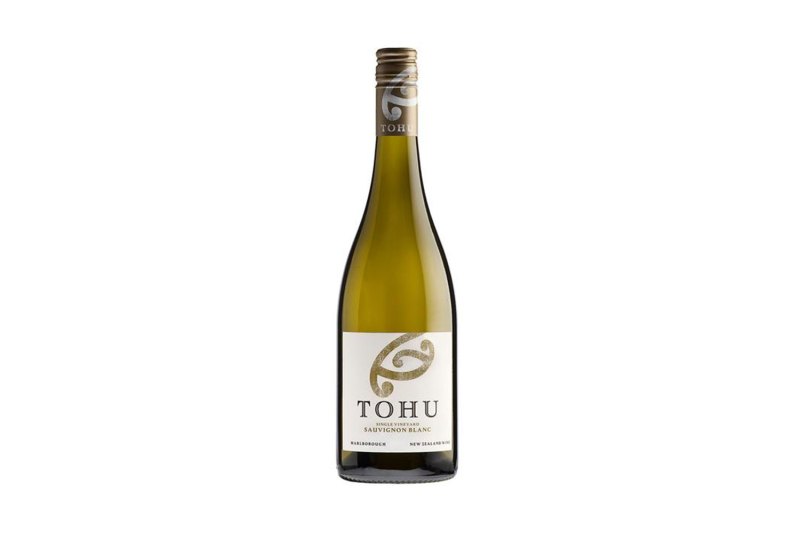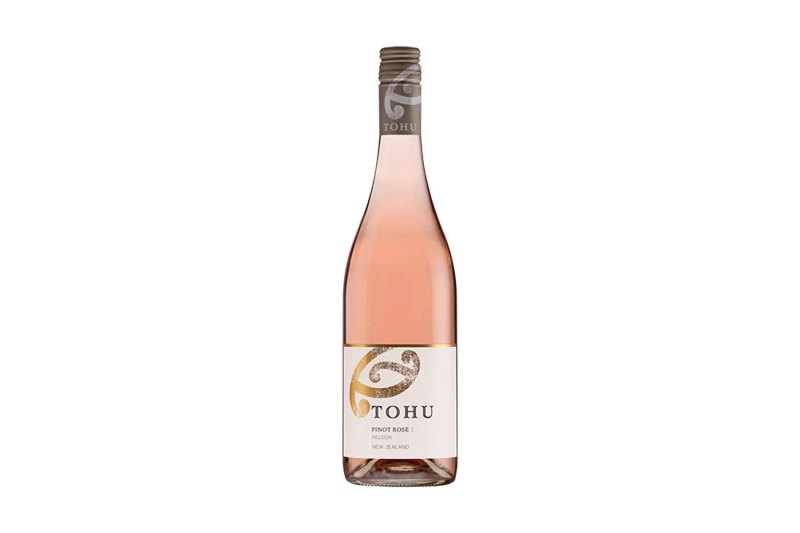Like way, way too many industries, wine is predominately a workplace for white dudes. Thankfully, that’s changing, with new vintages bringing in fresh faces and broader diversity in a realm that sorely needs it.
An interesting subplot within this important topic is that of the indigenous label. We’ve seen it in British Columbia with Nk’Mip Cellars and it’s taking hold elsewhere on the wine map as well, sharing at least a small fragment of a rapidly growing slice of the drinks economy with native peoples.
New Zealand is no stranger to wine, having grown into a serious performer on the international stage. More than 600 producers speckle the picturesque country. Just one, though, can call itself the country’s first Māori-run winery. Those rights are reserved for Tohu Wines.

Marlborough has become synonymous with New Zealand wine, as it is the country’s largest wine region. Located on the South Island, it’s also the original home of the Māori people, who sailed over from Polynesia in the 14th century. An estimated one out of seven New Zealanders today identify as Māori. It’s a sizable chunk of the population that, until the late 90s when Tohu launched, had no say in the burgeoning winemaking sector. Much of the land that’s now lauded for its Sauvignon Blanc potential was the original stomping grounds of this integral community.
Related Reading
The label is overseen by a Māori-owned collaborative called Kono, which involves some 4,000 owner-families. The label is an homage to the carving style of the group, with its Chevron-shaped markings. Fruit is pulled from two main vineyards, Whenua Awa in the Awatere Valley of Marlborough, and Whenua Matua, on old tribal land in Nelson and planted in 2005. Over the last twenty-plus years, Tohu has won several wine awards and managed to get distribution avenues in scores of countries, including the U.S. The vineyards and winemaking facility are certified via Sustainable Winegrowing New Zealand.
Indigenous communities tend to have special bonds with their home turf, having lived on it and resourcefully reaped its benefits for many, many generations. It’s a long-sighted life approach that translates very cleanly to the general winemaking ethos—one that’s hellbent on touting its love of the land and expression of things like terroir. It’s so commonplace in the industry that it’s become practically meaningless; a pat on one’s own back, at the expense of others (minority vineyard workers, for example, who are often underpaid, uninsured, etc.).

All of which makes an indigenous community like the Māori and its embrace of wine a little more authentic. Tohu’s business ethics are simply an extension of social and environmental practices that go back hundreds of years. It’s more of a, “We’re just doing what we’ve always done” than “hey, look at how green and value-driven we are!” It makes a lot of sense, given that winemaking is really just good, sustainable farming that leads to a product that’s inherently social. It’s a practice the arc of human civilization knows very well, despite being obscured some by industrialization in relatively recent history.
The winery turns out Pinot Noir, Pinot Gris, Merlot, Sauvignon Blanc, Chardonnay, Riesling, Pinot Blanc, and some bubbles. There’s even a Whenua series of wines that stress single vineyard sites and utilize grapes like Albariño. If wine is meant to reflect a specific place and is made by people, which it is, then at least some of it ought to be made by the folks with the strongest ties to the terrain. In that sense, Tohu, at least as a concept (we haven’t examined the inner workings of the business) is about as honest as they come.
Now 22 years on, Tohu remains an inspiring beacon for indigenous communities looking to enter the vast world of wine. Hopefully, we’ll see more and more enter the fray, adding new voices and styles to a growing and changing global wine landscape.


